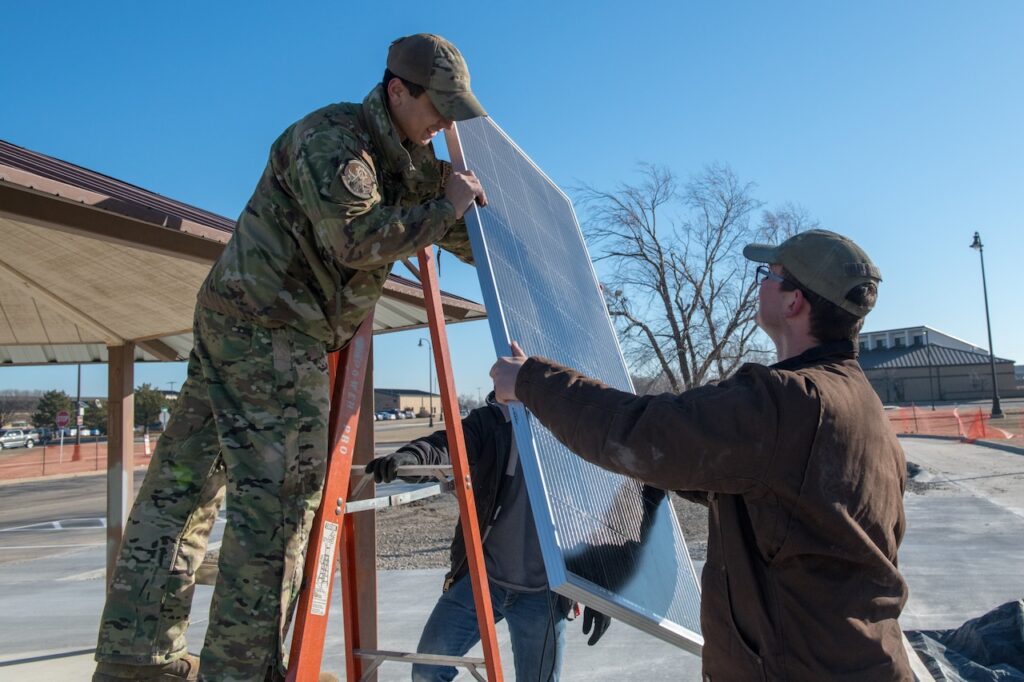Quality-of-life issues for Pentagon service members, military construction, and toxic chemical cleanup are addressed in President Joe Biden's fiscal year 2025 budget request.
Brendan Owens, Assistant Secretary of Defense for Energy, Facilities, and Environment, and service officials testified yesterday before the House Preparedness Subcommittee on this budget request.
The total amount requested for military construction is $15.6 billion. “This includes $1.8 billion for facilities that improve and support quality of life, such as child development centers, single-person housing, health care facilities, and schools,” Owens said.
Maintenance funding for existing facilities is $13.6 billion, with an additional $6.3 billion in renovation and modernization funding.
“To ensure these investments are optimized for readiness and quality of life, we are working with components of the Department of Defense to transform military construction processes and ensure consistent sustainment of high-performance assets. We are adopting a sustainable management strategy that supports the delivery of sustainable products,” Owens said.
The funding required to build, operate, and maintain family housing is $2 billion, and nearly $1.1 billion for single-family housing projects.
“These investments are in sync with the efforts of the Tiger Team, which we established in February, and will support our efforts to strengthen oversight of our portfolio. We have a lot of work ahead of us, but we are all committed to it.” “I'm dedicated to that,” he said.
“Reliable, adaptive, and resilient energy remains essential to military capability and readiness,” Owens said.
The required funding for installed energy is $3.8 billion and $3.5 billion for operational energy.
He said the department is transitioning from current firefighting foams to alternative firefighting agents that do not contain PFAS.
PFAS stands for per- and polyfluoroalkyl substances, a group of man-made chemicals that are particularly good at extinguishing fires very quickly. However, it is considered toxic at certain levels by the EPA.
He said the military is implementing plans to ensure a safe transition without compromising readiness.
Funding requested for environmental cleanup of past Department of Defense activities was $1.6 billion, including nearly $300 million for PFAS cleanup.
“We're making progress, but the EPA's new drinking water rules will allow the Department of Defense to treat PFAS as water suppliers and under cleanup programs,” Owens said, referring to the Environmental Protection Agency's more stringent requirements. “This will significantly increase the amount of drinking water affected.” The amount of PFAS that can be released into the environment or purified.


